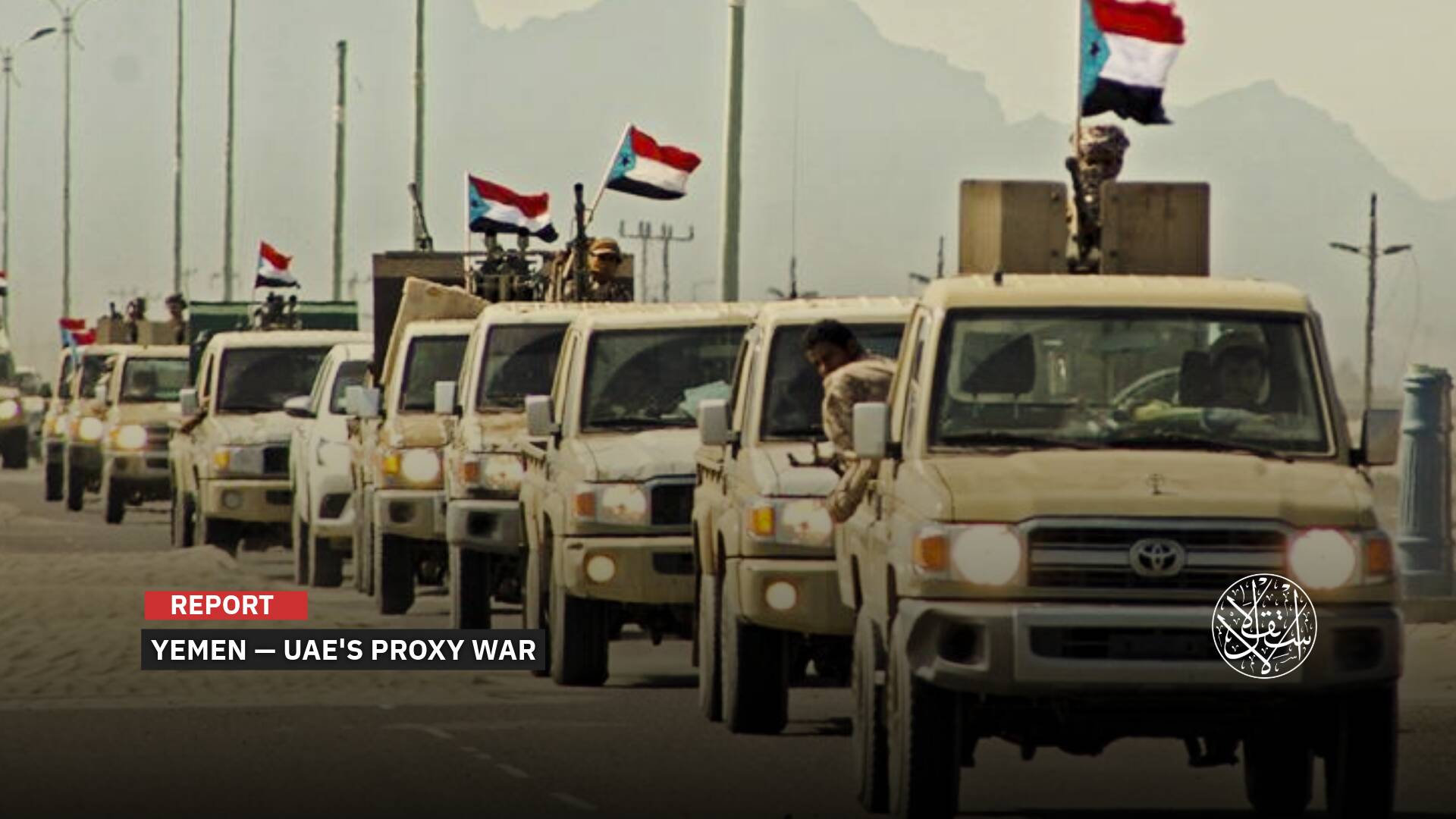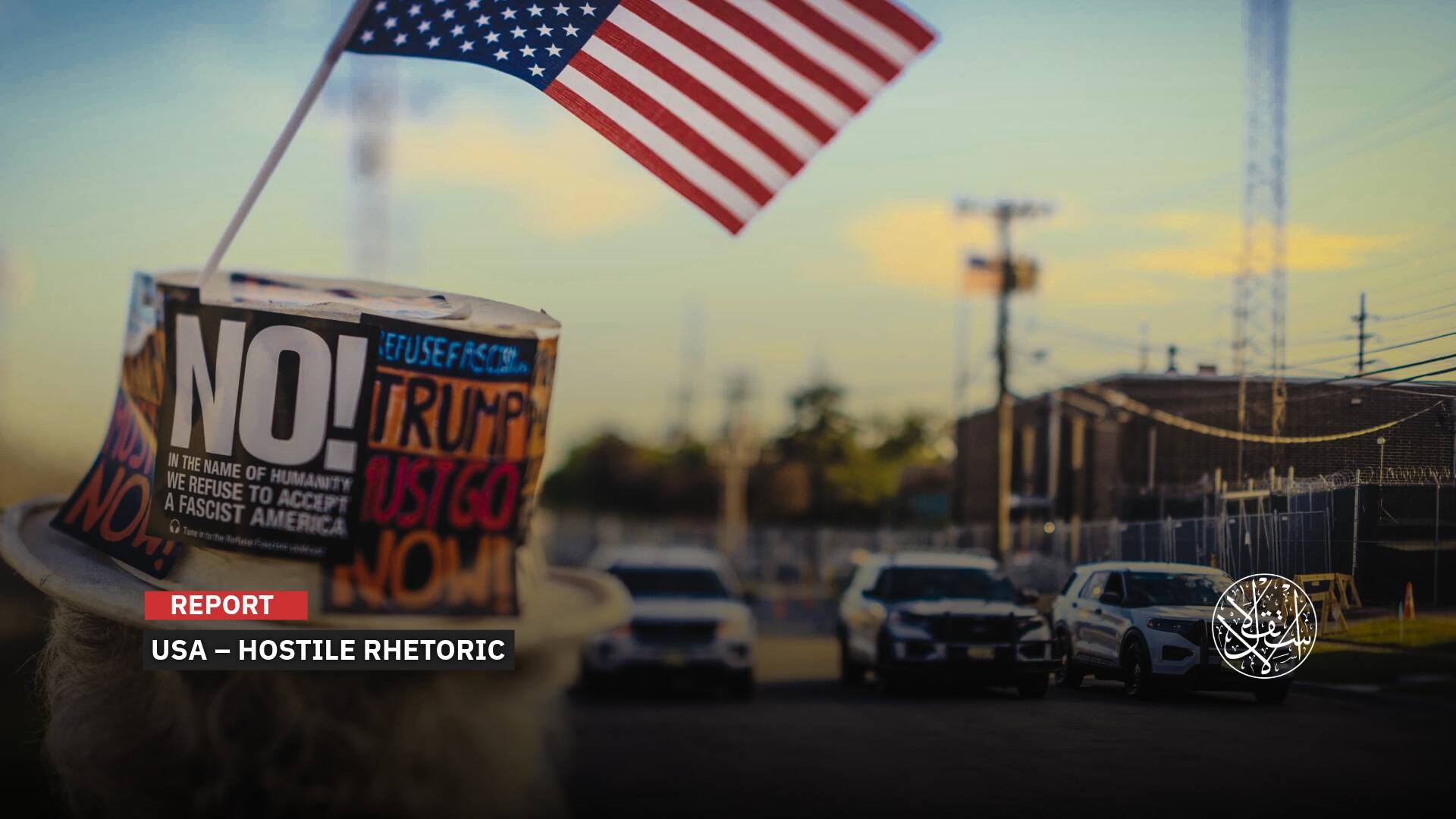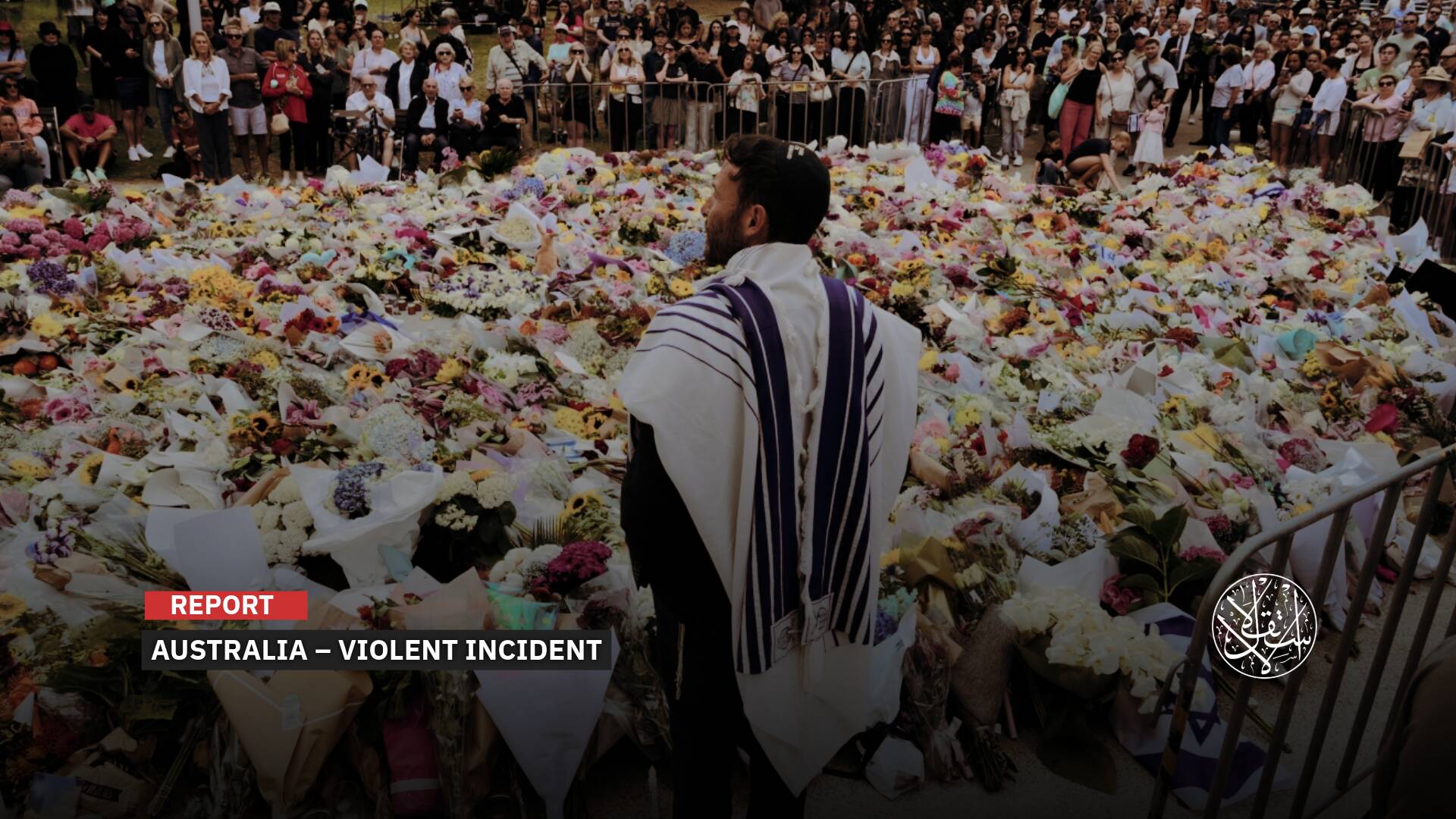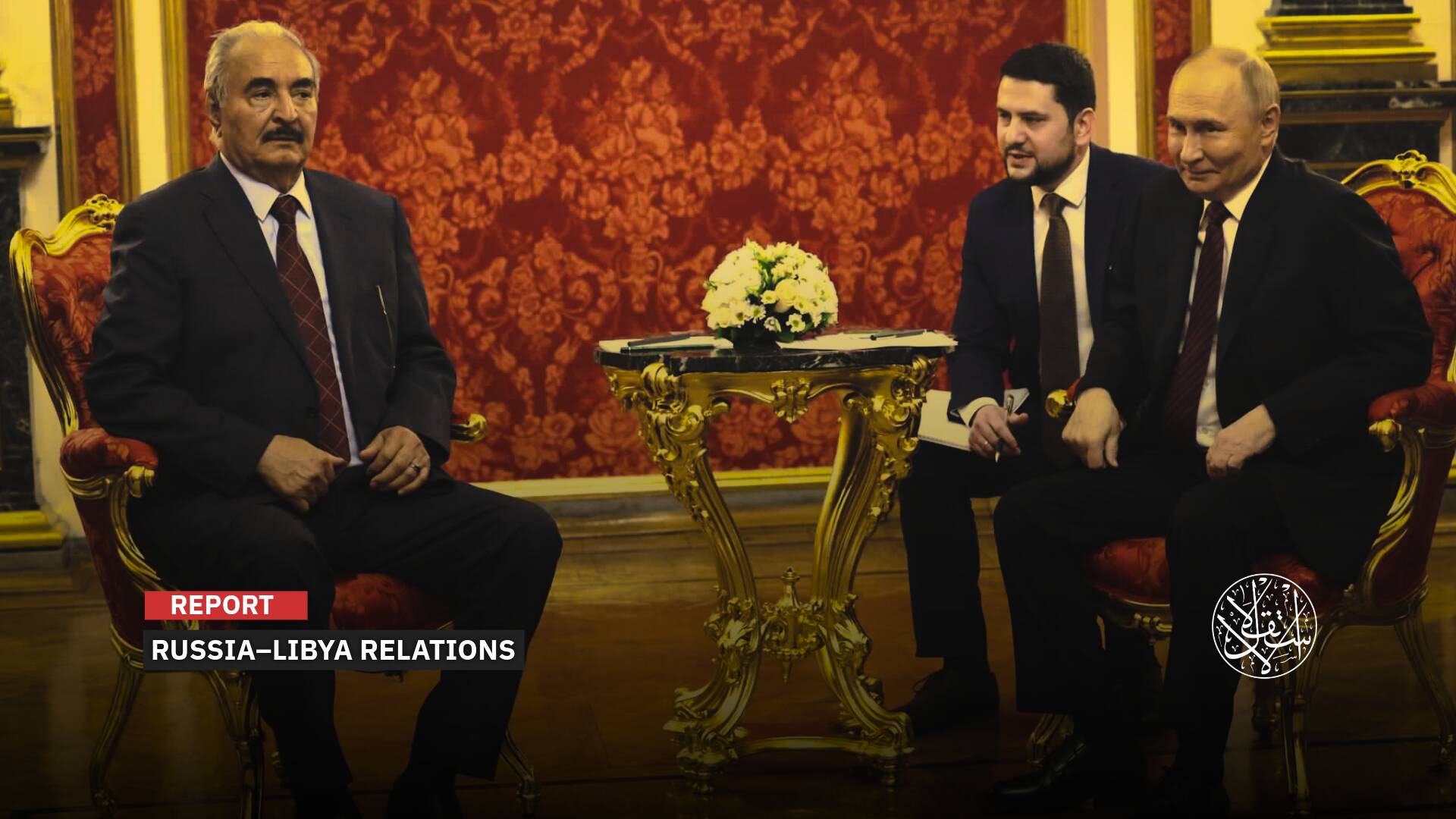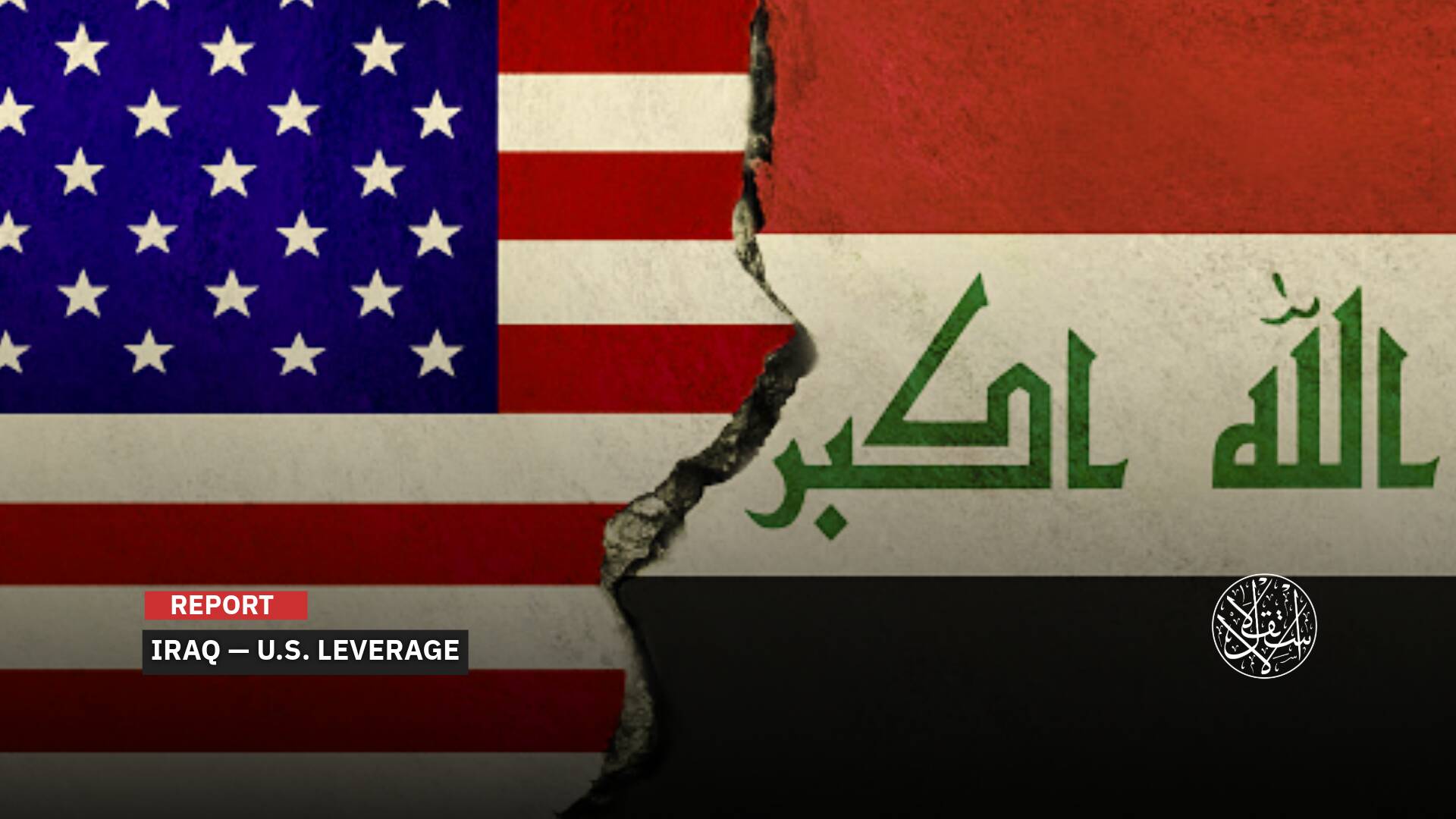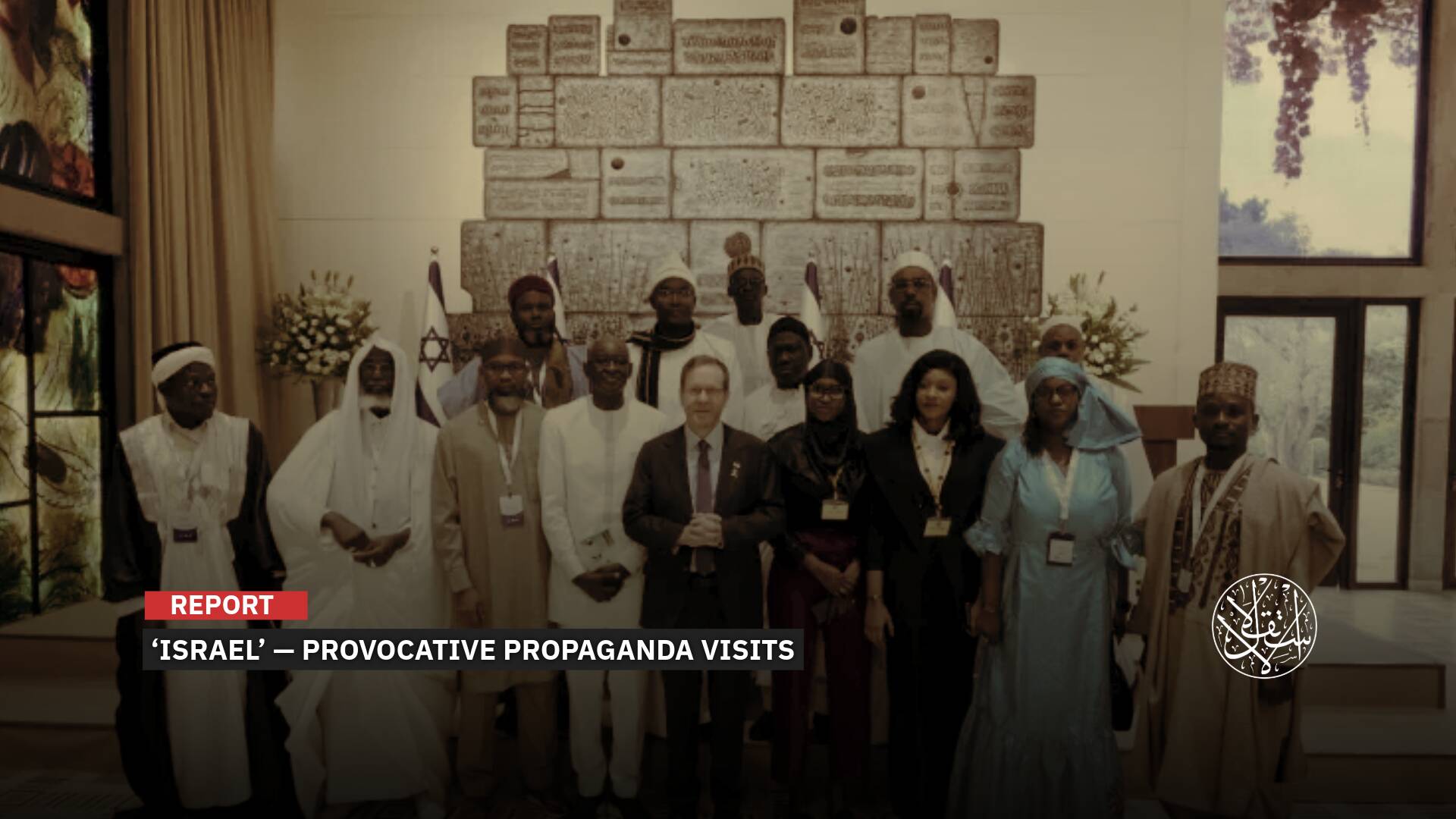Qatar World Cup redraws Arab image among Western fans

The 2022 World Cup in Qatar was an exceptional opportunity to measure the openness and acceptance of Arab customs and traditions by foreign peoples, away from any pre-drawn “negative ideology” about Arabs in Western societies.
In addition to the passion for football that drove international audiences to Qatar as the first Arab land in the Middle East to host the World Cup, the rapid integration with Arab traditions was strongly present.
Exploring Tradition
Fans from all continents of the world seemed to want to learn about the Arab civilization and its culture, arts, and traditions that distinguish it from other peoples.
Therefore, fans from different countries have given themselves time to explore, learn more about, and experience Arab traditions since the start of football competitions on November 20 and will continue until December 18, 2022.
The traditional Arab dress that characterizes the Gulf states, known locally as the “jalabiya,” is now worn by most foreign fans who came to attend the World Cup, along with the traditional Arab headdress “ghutra” and “agal.”
���� pic.twitter.com/E0LXLJ9PyY
— Free Palestine���� (@chibiandchill) November 22, 2022
The State of Qatar has provided places for the sale of these clothes on a large scale, in the colors of the teams of the 32 countries participating in the tournament.
Interestingly, fans chose to wear the “jalabiya” according to the color of the flag of their country of origin, with the flag printed on the dress sometimes, and attend matches in this uniform.
However, wearing the Arabic dress went beyond the boundaries of the stadium and the hotel where these foreigners stay, who now roam in vital areas of the capital, Doha, especially in Darb Lusail, Souq Waqif, and Doha Corniche.
Until they became like Arabs, hardly distinguishing themselves except by the tone of voice, as they now go to restaurants that serve popular Arabic food such as kabsa, mandi, and others.
Qatar, the organizer of the World Cup, chose to focus on Arab culture and traditions, starting with the selection of the official mascot of the World Cup, “La’eeb.”
It is a figure of a person wearing the Arab ghutra with the Gulf headband on it, blending football with the civilization of the Arab region.

Doha was also keen to imbue the World Cup with the Arab identity by using “shawls” within the championship logo, as well as printing the text mark of the logo “kashida,” which is the lengthening of certain parts of the letters in the Arabic text.
“This part of the world is not familiar to us,” a Brazilian fan told Gulf Times on November 26, 2022, “We are here to explore while enjoying every moment we wear these clothes because we are in Doha, and we want to adhere to local traditions.”
Breaking Taboos
Since countries tend to show their heritage, customs, traditions, and clothing, Qatar has focused a lot on highlighting and floating Arab culture in this global event and showing the authentic Arab heritage in all World Cup activities.
In the World Cup, all those related to Arab traditions, including Arabic dress, ghutra, agal, and even prayer calls, were provided with innovative touches in the spirit of the colors of the flags of the countries participating in the tournament.
This was particularly well received by foreign audiences, and the demand for its acquisition seemed to dominate the football event.
Here, the fans were able to hit several birds with one stone, as they were able to show loyalty to their teams, express respect for Arab culture, and return with souvenirs and cultural gifts from the spirit of the tournament with an Arab flavor this time.
The jalabiya, ghutra, and agal are symbols not only of Qatari culture but also of Arab-Islamic culture, so respect for the culture of the other is the message that the fans wanted to present as a show of love towards the host country and openness to the other.
Ironically, the Gulf region has been home to foreign communities for decades, but some have found the opportunity to try wearing Arab dress at the tournament and cheering on their national team with something out of the ordinary.
Many foreign women have also experimented with wearing the hijab (headscarf) and even the ghutra that Qatari and Arab security men helped them wear properly.
Breaking the stereotype about Arab societies was the second goal in the World Cup that Qatar wanted.
In particular, the participating Arab masses also tried to provide assistance and hospitality to their foreign counterparts, each according to his ability.
All this is in order for them to return to their countries in a new image of the Arabs, other than those painted by the Western media, which tried from the beginning to downplay Qatar’s ability to organize a huge world tournament such as the World Cup.
Many observers believe that targeting Qatar’s ability to organize the tournament carries with it a direct attack on the Arabs as if they are unable to organize properly and properly.
Seamless Integration
Not only dress but there were also many videos showing foreign fans eating kabsa and fish.
The World Cup also gave foreign fans the opportunity to taste famous Arabic dishes, from various Arab countries, and even oriental sweets.
The most noticeable positive thing was the use of Arabic words by foreigners in meetings on social media and during the interaction with the victory of Arab teams in some matches.
Qatar’s Supreme Committee for Delivery & Legacy, the organizer of the World Cup, has provided prayer spaces inside and outside the stadiums.
This has led many foreign fans to stand curiously near mosques trying to figure out the meaning of the call to prayer that resonates with hundreds of thousands.
Many stopped at this divine call, which led to the conversion of individuals who attended the World Cup to Islam, and this was documented by the media and social media.
A video went viral on November 23, 2022, the moment a Brazilian family announced their conversion to Islam, where family members uttered the two shahadas while attending World Cup events.
Although 28 days of the World Cup is not enough to restore direct contact between East and West, it has given factual evidence of the extent of the disconnect between peoples and their governments around the perception of Arabs and Muslims in particular.
In particular, in the West, Arab dress has long been marketed by some right-wing Western media outlets as extremist and terrorist, from their point of view.
In this context, the British agency Reuters quoted Khalifa Abdul Hakim al-Nuaimi, one of the owners of the Ghutra Mundo store, which is dedicated to this idea, as saying on November 23, 2022: “We wanted to attract the public to share with us the joy of the World Cup by introducing them to our Arab-Qatari culture just as we know their cultures, and just as they imposed on us the fashion of sportswear.”
Respect for Arabs
The “Kashkha” in Arabic dress, which included men and women who were foreign fans, emphasizes the extent of respect for the host country and the culture to which it belongs.
Fan Antonio Ochoa, who came from Mexico with a large group of friends and all wore the ghutra, said: “It is a way to express our respect for the host country and the Qatari culture, it is also comfortable and protects the head from the sun and we are happy to wear it,” according to Reuters.
At the grassroots level of Qataris, Qataris sought to project an image of Arab hospitality and morals by distributing coffee, sweets, and drinks to sports fans in front of stadiums, markets, and streets.
Journalist Ibrahim al-Ali, who covers the World Cup, said, “We have seen the love of foreign peoples in learning about our culture and repeating some Arabic words as a kind of show of love.”
Al-Ali added to Al-Estiklal: “Popular Arab bands came to Doha other than those coming to encourage Arab teams, and they now hold events in the streets and around the stadiums and interact with Arab melodies.”
“Most foreign fans have memorized the word ‘Arhbo,’ and are trying to try everything related to Arab customs, such as camel and horse riding, and you see them standing in queues for that while wearing ghutra and agal as well,” al-Ali said.
Arhbo is one of the official World Cup songs, the first in a series of songs specific to the Qatar World Cup, and has become familiar in the World Cup.
Al-Ali pointed out that “the plan of the Qatari Ministry of Awqaf to introduce Islam has received great acceptance, especially from the Latin people to learn about Islam and teach it.”
“Preachers speaking various international languages have been placed in some mosques to introduce Islam, and this has further encouraged listening and diving into many details,” he said.
As a result, the Qatar 2022 World Cup gave a first opportunity for all cultures to come together on Arab soil and to show the image of human cohesion in one painting by an Arab-Qatari feather.
The origins of foreign fans who wore authentic Arabic dress can no longer be discerned after mixing with those who wear the famous Mexican hats or the clothes of Spanish bullfighters and others.



